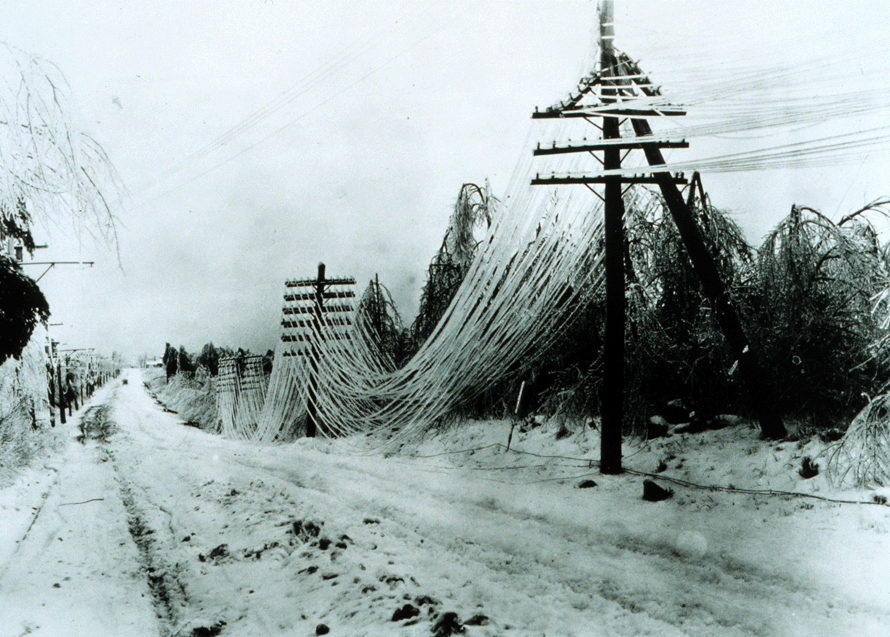Scientists use algorithms to calculate ways to reduce the ecosystem impact of large dams
09/25/2018 / By Edsel Cook

Large dams are one of the pillars that support modern-day civilization. However, they’re also one of the biggest threats to freshwater ecosystems. In an article from Scientific American, researchers sought to calculate a balance that lessens the impact of dams while also ensuring enough water and power for human needs.
The University of Washington (UW) research team understood that dams were here to stay. So study author William Chen and his colleagues looked at ways to make their operations less disruptive.
For their study, which they published in the journal Nature Communications, the researchers picked the Navajo Dam in northwestern New Mexico. This dam was built in the San Juan River, which is an important tributary of the Colorado River.
The Navajo Dam exemplified the conundrum faced by many nations today. Its immense reservoir is the source of irrigation water for farmlands in the region.
The dam also blocks the San Juan River, the natural habitat of many native fish that are endangered by invasive species that take advantage of the dam. (Related: Lawsuit from last year’s Oroville Dam debacle seeks up to $51 billion in penalties.)
Managing water release would benefit native fish, repel invasive species, keep everyone watered
The UW researchers looked for a way to provide enough water for croplands, protect endangered native species, and deal with invasive fish. They calculated that adjusting the Navajo Dam’s water release could accomplish all three goals.
They looked at records of the San Juan River’s flow patterns and fish populations over the decades to find out how native and invasive species respond to increased river flow. These data were then compared with the predicted amount of water needed by people and agriculture.
The researchers used mathematical algorithms to calculate the amount of water that should be released from Navajo Dam that will slake the thirst of agricultural fields in the region. They also figured out the best times to unleash that water to aid native fish while also making life very difficult for non-native species.
Study author Chen said their design for water release took advantage of the different ways native and invasive fish populations reacted to higher river flow during different times of the year. They learned that releasing water in the late winter was good for native fish, while a late summer release would inflict significant harm on non-native species and also a little harm on native populations.
Using mathematical algorithms to save native species and rivers
The UW researchers are aware that their prescribed water release cannot restore the San Juan River to its original flows. That would require tearing down the Navajo Dam, which would deprive numerous people of electricity and water.
However, the flow of the river can be improved by adjusting the amount of water released by the dam. Chen said the river flow patterns that will result from his team’s water release estimates are much better than the state of the San Juan River right now.
He also assured that modifying dam operations according to his calculations will provide enough water for humans, farmlands, and native fish even in times of water scarcity.
The mathematical algorithms used by Chen and his fellows are similar to those employed by Amazon Prime to ensure two-day deliveries. Airlines use the same tools to figure out the maximum number of seats in a plane that can be overbooked while making sure there’s still room for other passengers.
Chen concluded that fine-tuning the river flow is one way of reducing the negative environmental effects of large dams like the Navajo Dam.
Read about more ways we can take better care of our rivers at Environ.news.
Sources include:
Tagged Under: biodiversity, Colorado River, conservation, crop irrigation, Ecology, ecosystem, Endangered species, energy, environment, invasive species, irrigation, native species, Navajo Dam, non-native species, power, renewable energy, river dams, San Juan River, wildlife



















